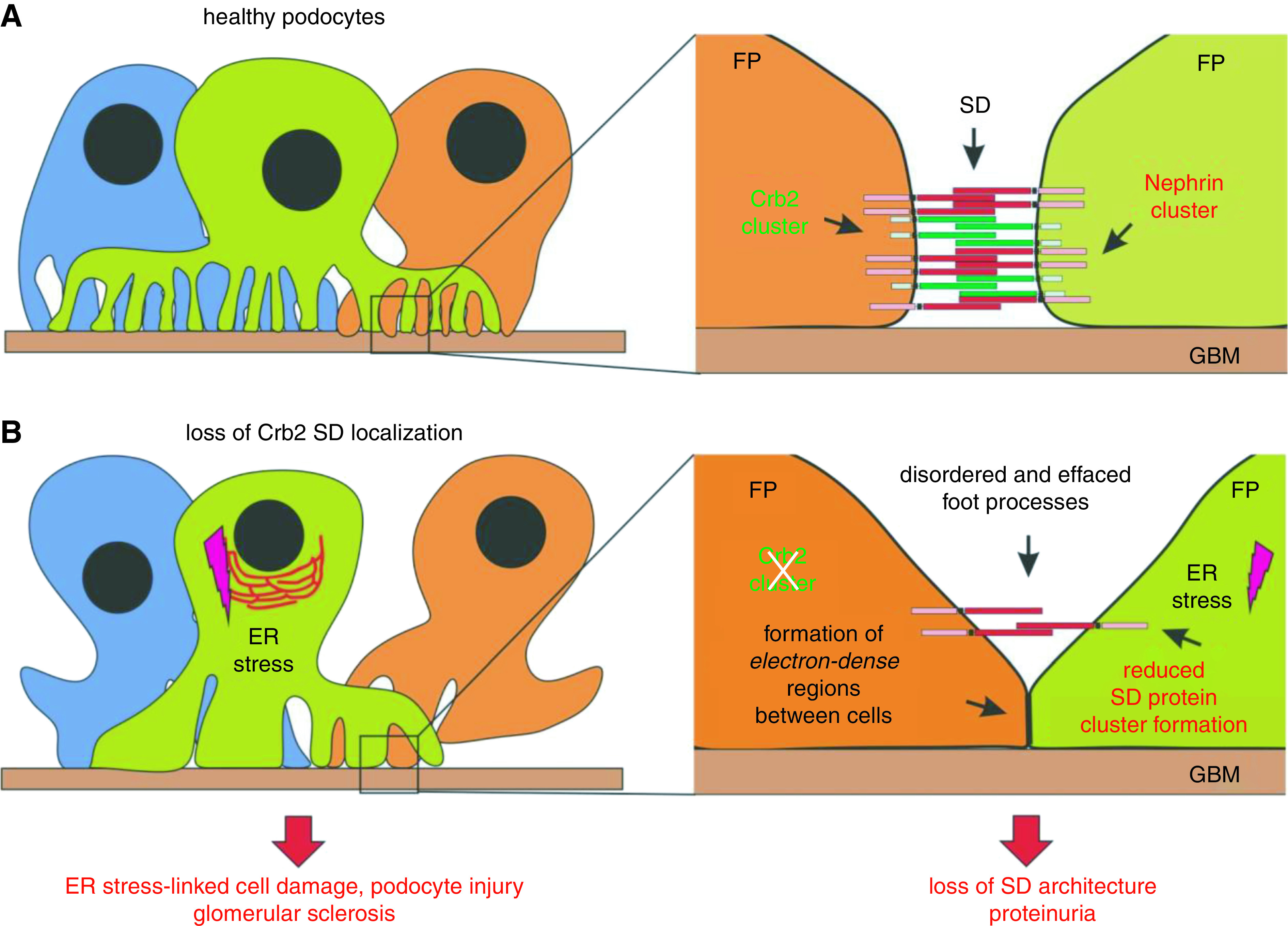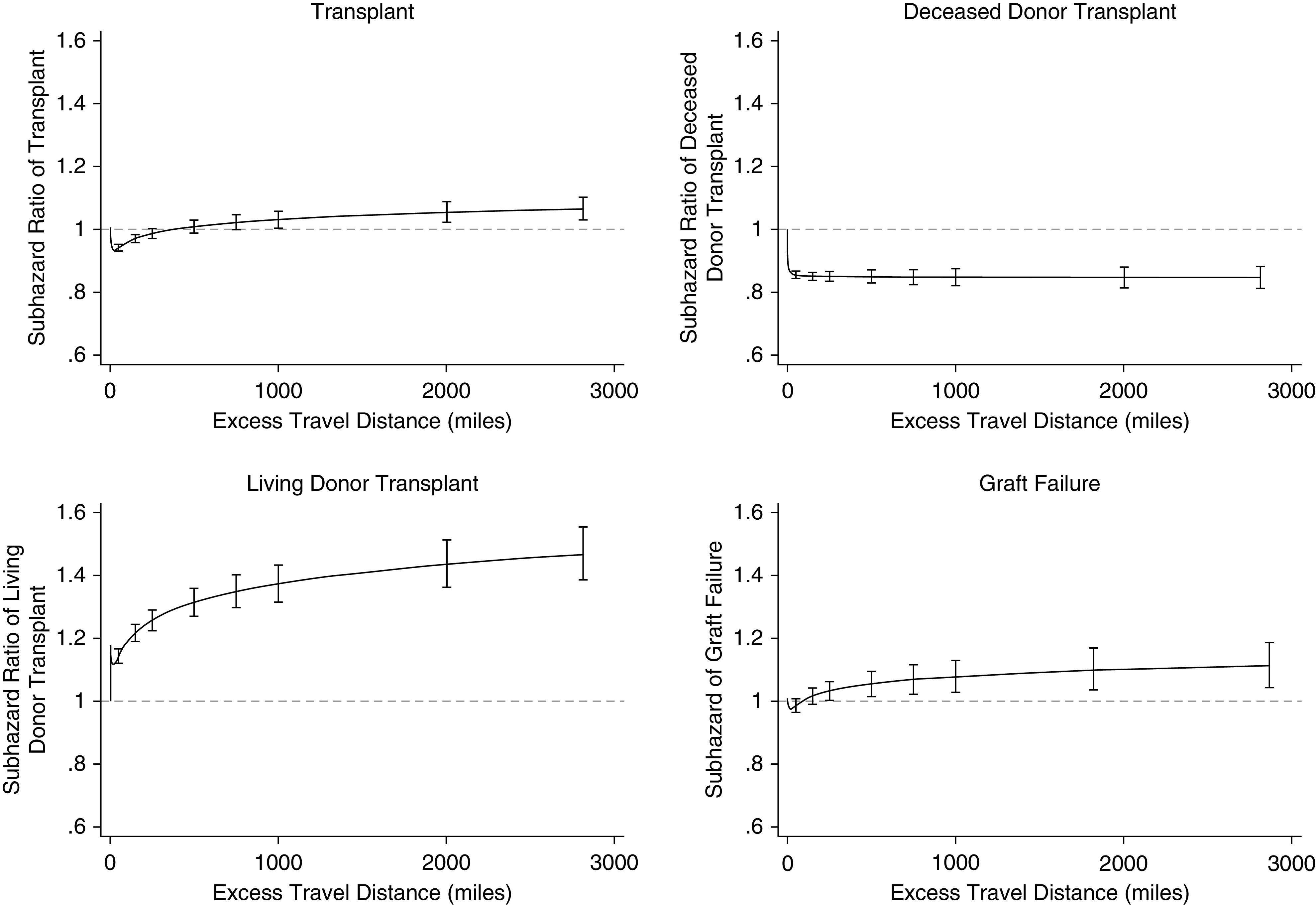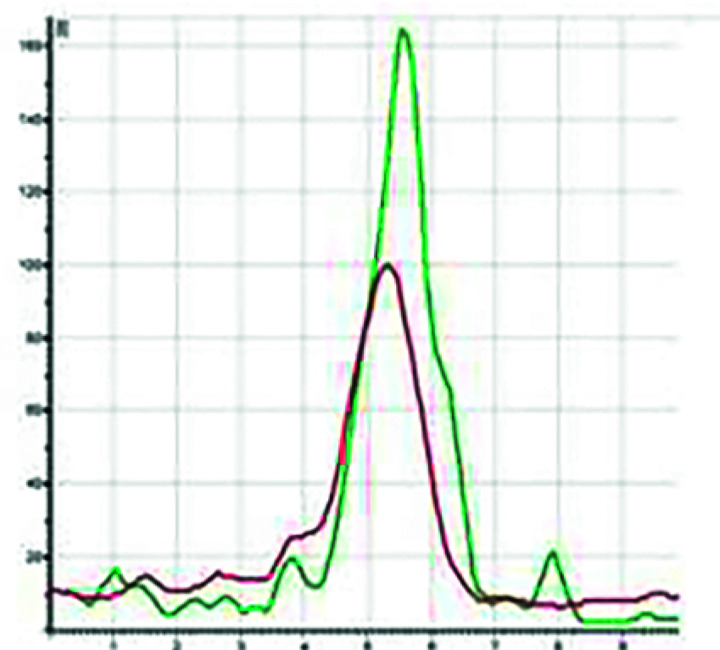SARS-CoV-2 Antibodies in Hemodialysis
A study of the antibody response to the virus (specifically, IgG against nucleocapsid and spike antigens) in 83 hemodialysis patients who recovered from coronavirus disease 2019 (COVID-19) found that most patients maintained antispike antibodies, but about 25% had negative IgG antinucleocapsid serology after 6 months. Having no initial seroconversion was associated with immunocompromised status. In patients with seroconversion, decline of IgG antibodies over time associated with older age, female sex, and nonsevere clinical presentation. By clarifying the antibody response in hemodialysis patients, these findings might help better define future approaches to treat and prevent COVID-19 in this population. See Sakhi et al., pages 1033–1036.
Crumbs2 in the Slit Diaphragm
Mutations Crumbs2, a slit diaphragm protein that can interact with Nephrin, are a cause of steroid-resistant nephrotic syndrome (SRNS). In studies of mice, the authors show that loss of Crumbs2 results in heavy proteinuria, progressive podocyte foot process effacement, renal cell injury, and inflammation, indicating that Crb2’s relevance for the glomerular filtration barrier is similar to that of Nephrin. In vitro, CRB2 mutant proteins accumulate in the endoplasmic reticulum (ER) and trigger ER stress, suggesting that ER stress induction also might play a pivotal role in SRNS onset and disease progression. See Möller-Kerutt et al., pages 1053–1070.

Urinary Vesicles: A Kidney Biomarker Source?
Urinary extracellular vesicles (uEVs) are a promising noninvasive source of kidney biomarkers, but optimal approaches for normalization, quantification, and characterization of vesicles in spot urines are unclear. In studies of patients with kidney disease and healthy controls, Blijdorp et al. found that urine creatinine was highly correlated with urine particle counts, suggesting it can be used as a normalization variable. They also found three uEV quantification methods gave different results and offered insight into the mechanism underlying these differences. A related editorial notes that the work furthers understanding of the relative merits of different approaches to uEV quantification, and that using uCR to normalize uEV in spot urine samples is a reasonable approach in many settings. See Blijdorp et al., pages 1210–1225. Also see related editorial by Hunter and Dear, pages 1210–1216.
Rhesus Macaque Model for Branch Nephrogenesis
Premature infants have far fewer nephrons than full-term newborns on average, and thus are at increased risk for CKD and ESKD in adulthood. Most nephrons are added during late gestation by lateral branch nephrogenesis, a poorly understood process. In a study of the rhesus macaque kidney which undergoes human-like lateral branch nephrogenesis, the authors found that the kidney progenitor cell transcriptome changes over time. A molecular study of lateral branch nephrogenesis could be leveraged to enhance nephrogenesis in preterm infants. See Schuh et al., pages 1097–1112. Also see related editorial by Smyth, pages 1011–1013.
Travel Distance for Kidney Transplantation
Some patients seeking a kidney transplant may gain an advantage by traveling to a center with characteristics more favorable than those of the center nearest their residence. Whelan et al found that patients in the United States were more likely to travel farther if they were of non-Black race or if the nearest center had a lower volume of living donor surgeries. Longer travel distance associated with higher likelihood of living donor transplantation but lower likelihood of deceased donor transplantation, and it was weakly associated with higher graft failure risk. These findings provide insights into advantages (or lack thereof) of traveling beyond the nearest center for transplant care. See Whelan et al., pages 1151–1161.

Protocadherin in Membranous Nephrophathy
Antibodies targeting an antigen in the glomerular basement membrane (GBM) cause membranous nephropathy (MN). In the GBM of a subset of MN patients who were negative for all the known antigens associated with MN, the authors identified a novel protein, protocadherin 7 (PCDH7), which shows granular GBM staining and colocalizes with immunoglobulin in the GBM. They also detected antibodies to PCDH7 in both serum and kidney tissue from people with PCDH7-associated MN but not from controls. These findings suggest that PCDH7-associated MN defines a distinct MN type. See Sethi et al., pages 1249–1261.




